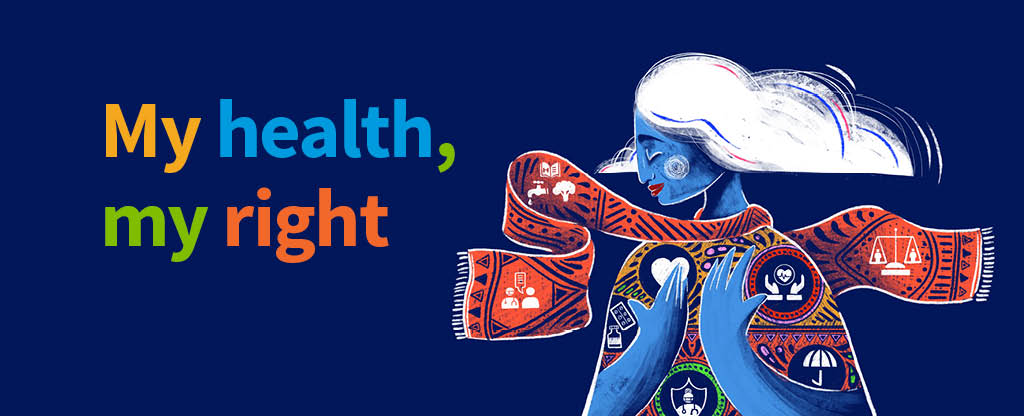By Samantha Munro
From its inception at the First Health Assembly in 1948 and since taking effect in 1950, World Health Day has aimed to create awareness of a specific health theme to highlight a priority area of concern for the World Health Organization (WHO).
This year’s theme for World Health Day celebrated on April 7th is ‘My health, my right’, chosen to champion the right of everyone, everywhere to have access to quality health services, education, and information, as well as safe drinking water, clean air, good nutrition, quality housing, decent working and environmental conditions, and freedom from discrimination.
Even though the WHO Council on the Economics of Health for All has found that at least 140 countries recognize health as a human right in their constitution. Around the world, the right to health of millions is increasingly coming under threat as countries are not passing and putting into practice laws to ensure their populations are entitled to access health services.
Thus, the celebration is marked by activities which extend beyond the day itself and serves as an opportunity to focus worldwide attention on these important aspects of global health.
Standing true to its mission, to prevent and alleviate human suffering. The American Red Cross relies on thousands of health professionals to bring our mission to life each day. Talented, practical and generous, these volunteers and bring relief to those impacted by, work in military hospitals, and collect lifesaving blood. They develop and teach courses ranging from disaster preparedness to addressing health equity through the social determinants of health. Red Cross health professional volunteers serve in direct care roles, management, supervisory, and governing roles throughout our organization.
As one can see, the need for health professional volunteers is constant in the fight to overcome the health challenges humanity faces. Are you a nurse, nursing/health student or other health professional? Join Us to Deliver the Red Cross Mission.









